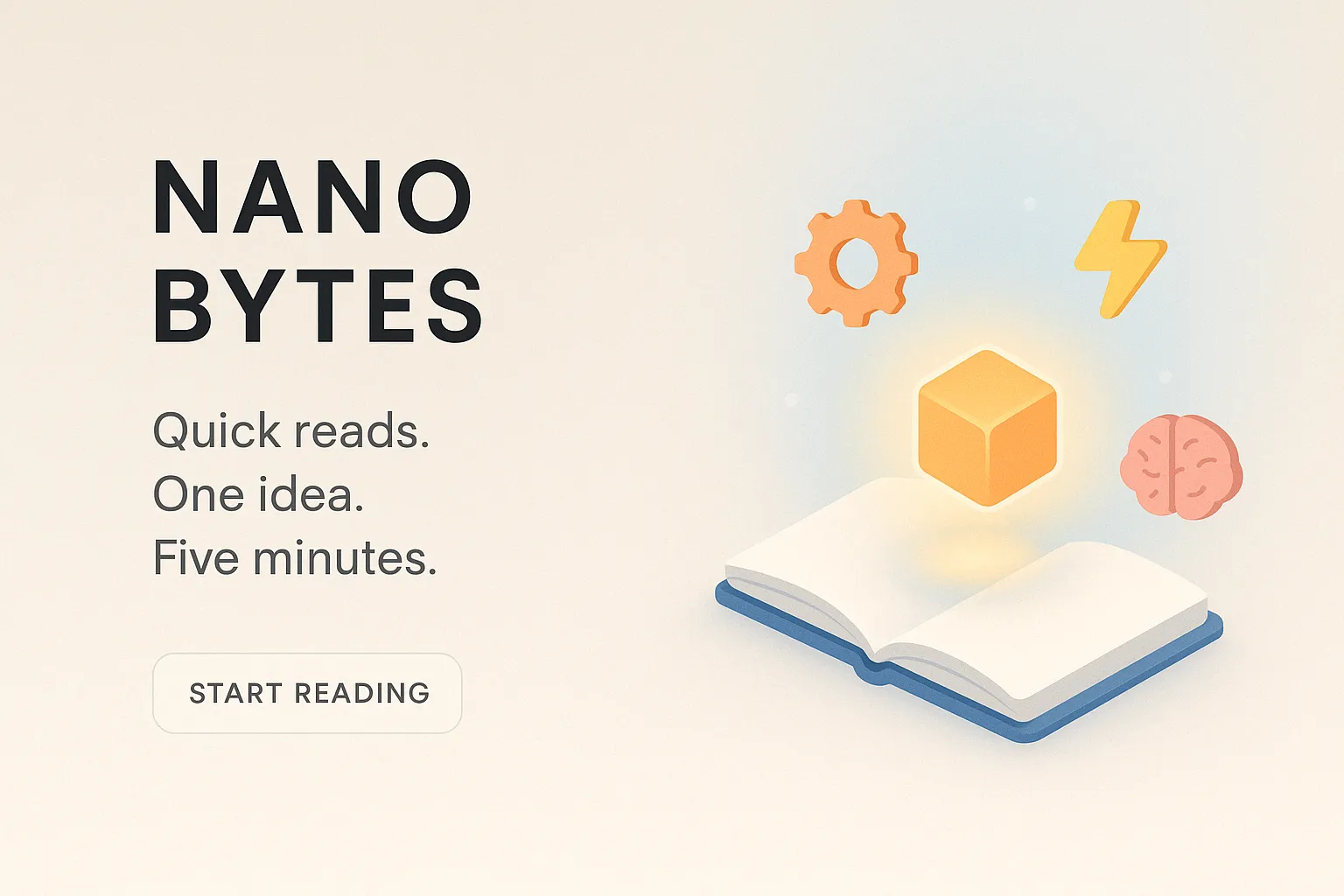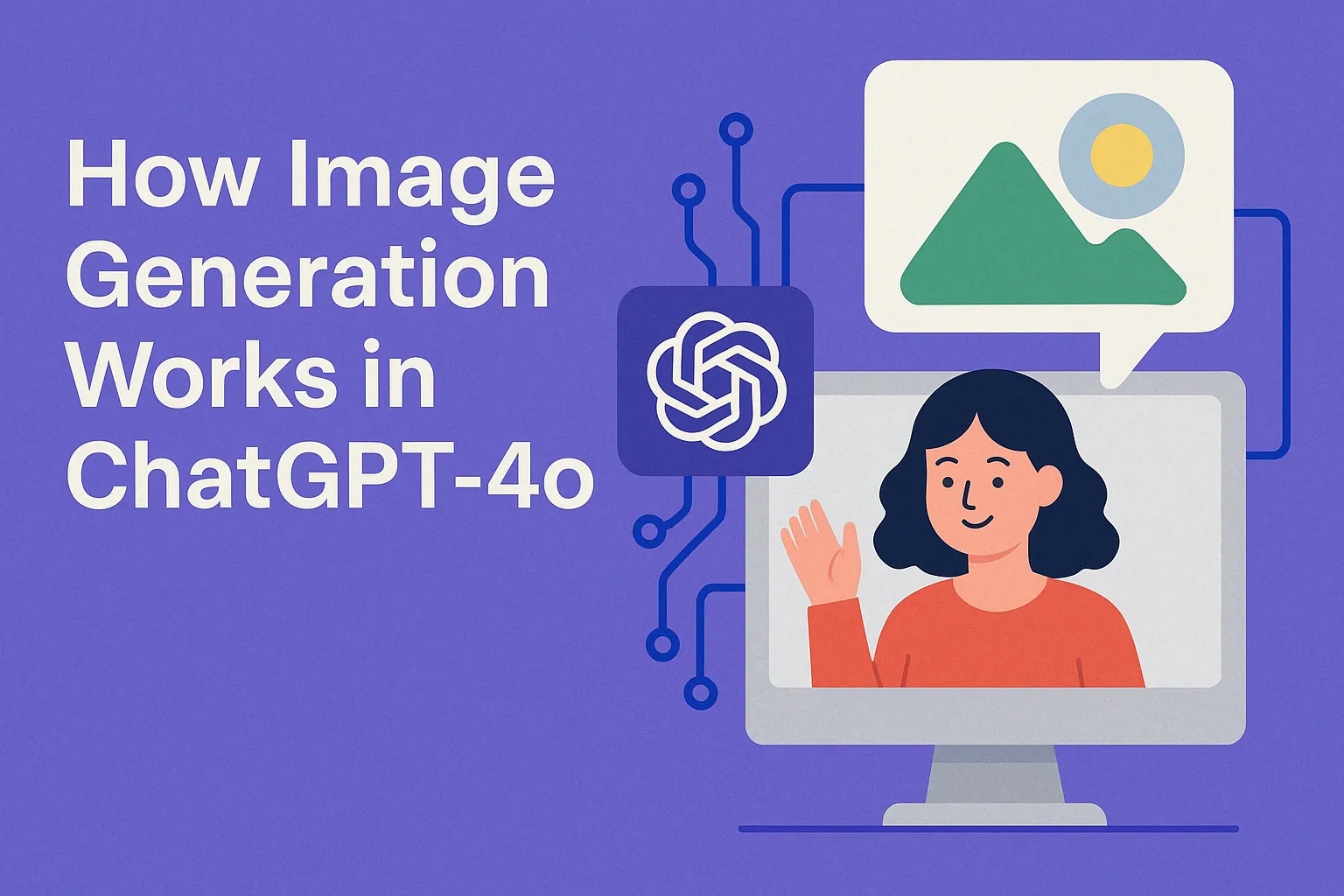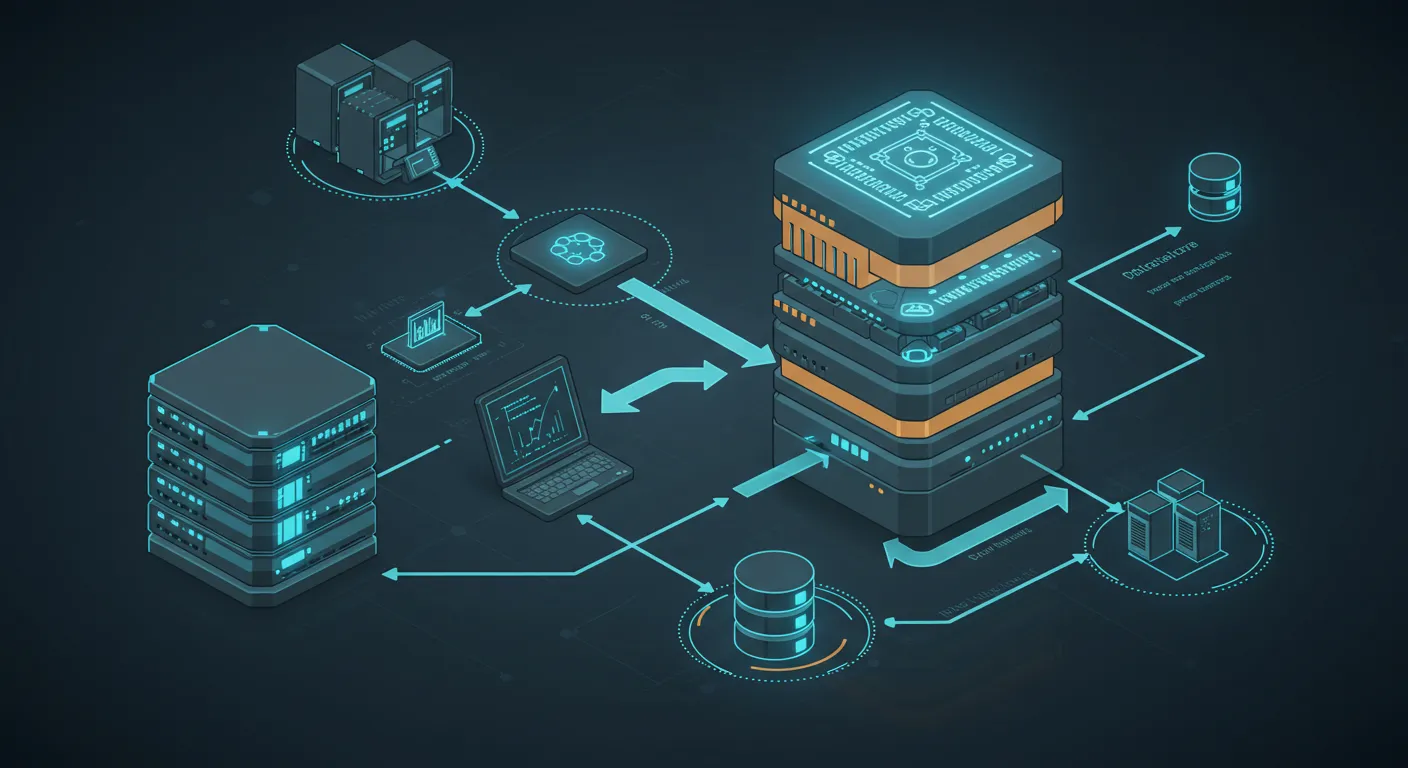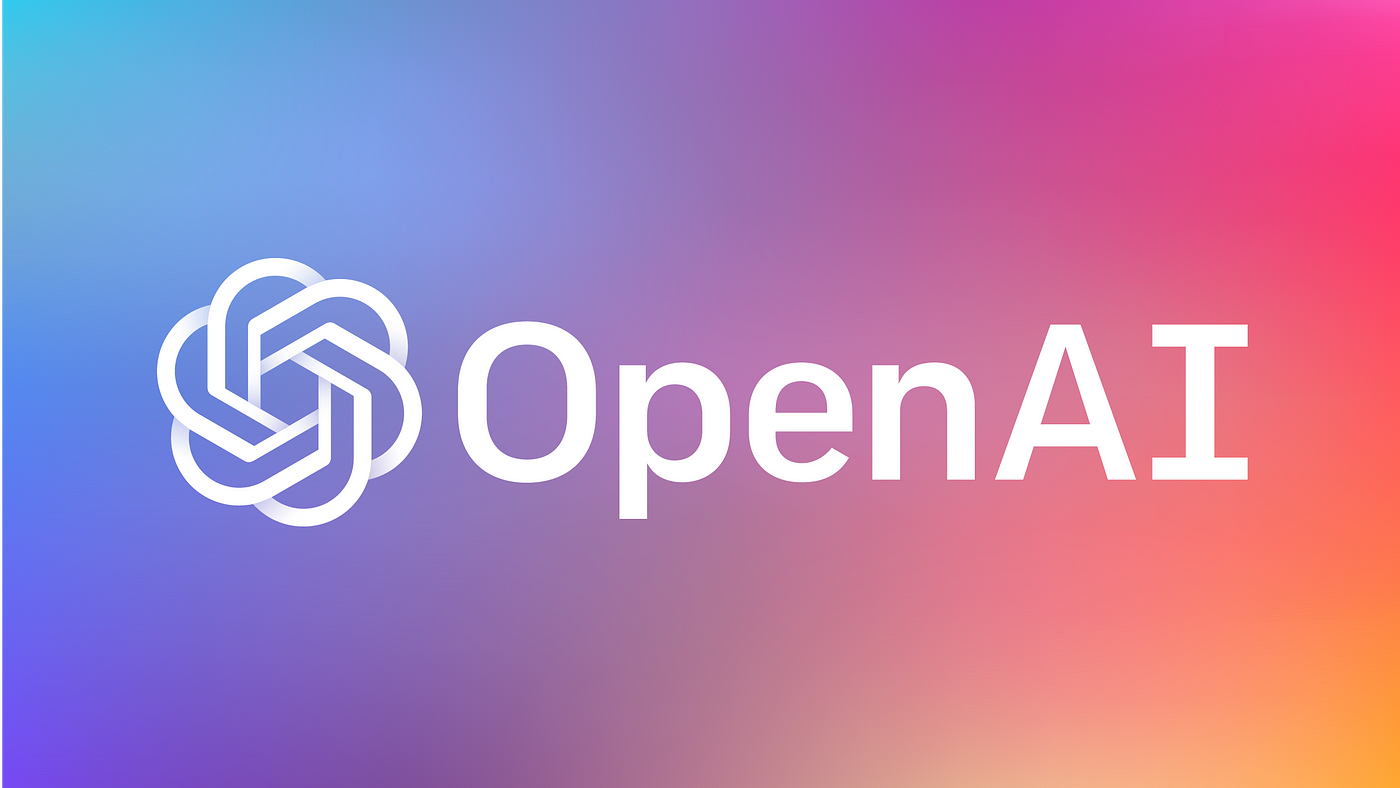I’m excited to launch a new series called Nano Bytes. These are quick reads, each designed to teach you a new tech topic in under five minutes. Whether you’re a curious beginner or just short on time, every post in this series delivers clear and concise explanations to help you stay sharp and up to speed.
🔍 Introduction
Imagine trying to plug in your phone, camera, and external hard drive, but each requires a different cable. Total mess, right? That’s how AI systems used to work when connecting to different tools and databases.
The Model Context Protocol (MCP) changes all that. It’s like the USB-C for AI, providing a single, universal way for models to interact with external systems.
🧠 What is MCP?
The Model Context Protocol (MCP) is an open standard introduced by Anthropic in late 2024. It helps AI applications like chatbots, virtual assistants, and developer tools communicate directly with external resources such as APIs, databases, and software platforms.
Instead of building a unique connector every time, MCP offers a standard way to plug in and get going. Think of it as a universal translator between AI models and the outside world.
🌟 Why MCP Matters
Before MCP, every integration between an AI model and a new tool required custom work. That meant more time, more bugs, and less flexibility.
MCP solves this by offering:
-
Standardization: One framework for connecting to different tools
-
Flexibility: Easily switch between AI models or data sources without rewriting everything
-
Security: Built-in best practices to keep data safe and private
⚙️ How MCP Works
MCP uses a client-server model with three key roles:
-
Host: The central coordinator that manages communication
-
Client: The AI application that wants access to external data or tools
-
Server: The system that provides the actual resource, like a database or API
Here’s how it flows:
-
The client sends a request to the host.
-
The host forwards the request to the appropriate server.
-
The server processes the request and sends a response back through the host to the client.
This makes integration consistent and reliable across different setups.
🛠️ Real-Life Examples
MCP is already being used in creative and practical ways:
-
Software Development: Tools like Replit and Zed use MCP to provide real-time code suggestions by accessing your code context.
-
Enterprise AI Assistants: Companies like Block and Apollo let their AI assistants fetch internal documents and insights using MCP.
-
Natural Language Queries: Platforms like AI2SQL let users ask plain-English questions, which are converted into SQL queries behind the scenes using MCP.
❌ Common Misconceptions
-
“MCP is just another API”: APIs are specific to one tool or service. MCP is a broader protocol that helps unify how AI connects with many different systems.
-
“MCP is hard to implement”: Actually, it reduces complexity by removing the need for custom connectors.
-
“MCP isn’t secure”: On the contrary, it’s designed with security in mind and follows best practices from the start.
📌 Quick Summary
If you take away just one thing: MCP is the universal connector for AI.
Key points:
-
What it is: A protocol that lets AI apps connect with tools and data
-
Why it matters: Saves time, increases flexibility, and boosts security
-
How it works: Uses a host-client-server setup to handle requests
-
Where it’s used: From software development to enterprise assistants





